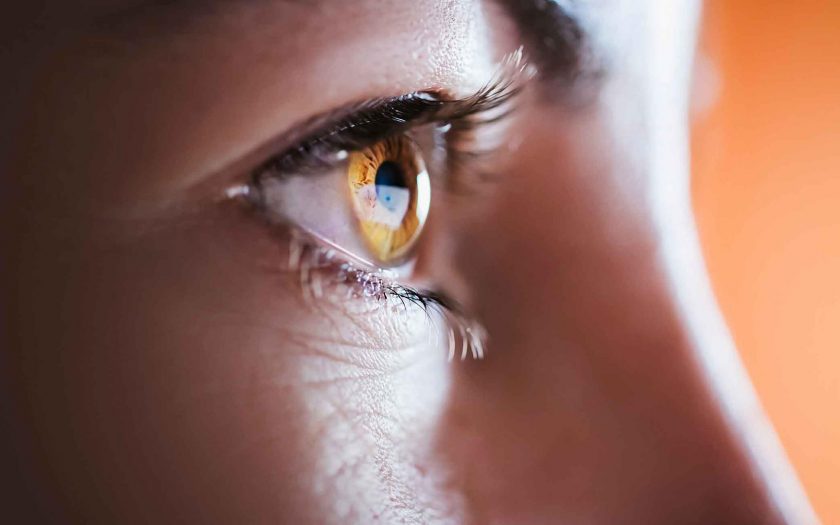Eye disorders are functional or organic lesions of the visual analyzer.
Any illness of the organs of hearing and eyesight negatively affects the state of man, his lifestyle and delivers quite a tangible discomfort, so you should be familiar with this topic.
Classification of eye diseases
Eye diseases are large group disorders, so for convenience, they are divided into several large sections.
In accordance with the generally accepted classification, all pathologies of the organs of vision (including diseases of the eyesight in children) are divided into the following groups:
- pathology of the optic nerve;
- age-related macular degeneration
- glaucoma;
- conjunctival disease;
- eye muscle pathology;
- diseases of the iris, sclera, cornea;
- blindness;
- lens disease;
- pathology of vitreous body and eyeball;
- diseases of the vasculature and retina.
In addition, distinguish hereditary diseases of the body and acquired.
Causes of eye diseases
The main causes of eye diseases are:
- Various infectious agents (Staphylococcus Aureus, Gonococcus, Pneumococcus, Haemophilus influenza, and Pseudomonas aeruginosa). In addition, inflammatory eye diseases can be caused by parasites, fungi, viruses (Herpes infection, Contagious Molluscs, Adenovirus, Chlamydia, Cytomegalovirus, Aspergillosis, Toxoplasma and several others). In the absence of treatment, these diseases can cause the development of a number of complications.
- Anomalies of development (cause hereditary eye diseases).
- Age degenerative changes (glaucoma, cataract).
- Tumor and autoimmune processes.
- Pathology of other organs that affect the state of eyes (hypertension, dental disease, meningitis, encephalitis, diabetes mellitus, anemia, leukemia, etc.).
Symptoms of eye diseases
Short-sightedness (myopia). In this case, the image is not projected on the retina, but it projected in front of the retina. As a result, a person sees near-placed objects and badly those who are far away. Most often myopia develops in adolescents. If it is not time to take corrective measures, the disease will progress, which can lead to a severe loss of vision and disability.
Far-sightedness (hyperopia). In this case, the image is formed behind the retina. One of the symptoms of hyperopia is frequent headaches.
Conjunctivitis This is an inflammation of the conjunctiva. The main symptoms are photophobia, tears, pain and tingling in the eyes, discharge from the eyes.
Strabismus. The main symptom is the asymmetrical location of the cornea in relation to the edges and angles of the eyes. Strabismus is both innate and acquired.
Computer syndrome. Characterized by the dichotomy in sight, eyes dryness, high sensitivity to light.
Glaucoma. It is pathology at which periodic increase of eye pressure occurs. As a result, atrophy of the optic nerve can develop and visual acuity diminishes.
Cataract. Characterized by a cloudy lens, treated only surgically.
Nystagmus. It turns out to be involuntary shaking of the eyeballs.
Treatment of eye diseases
The level of development medicine in our time allows diagnosing diseases of the organs of hearing and vision in the early stages.
As a result, doctors have the opportunity to take preventive measures to prevent the progression of the disease or the implementation of effective treatment with the use of conservative, physiotherapeutic and surgical techniques.

